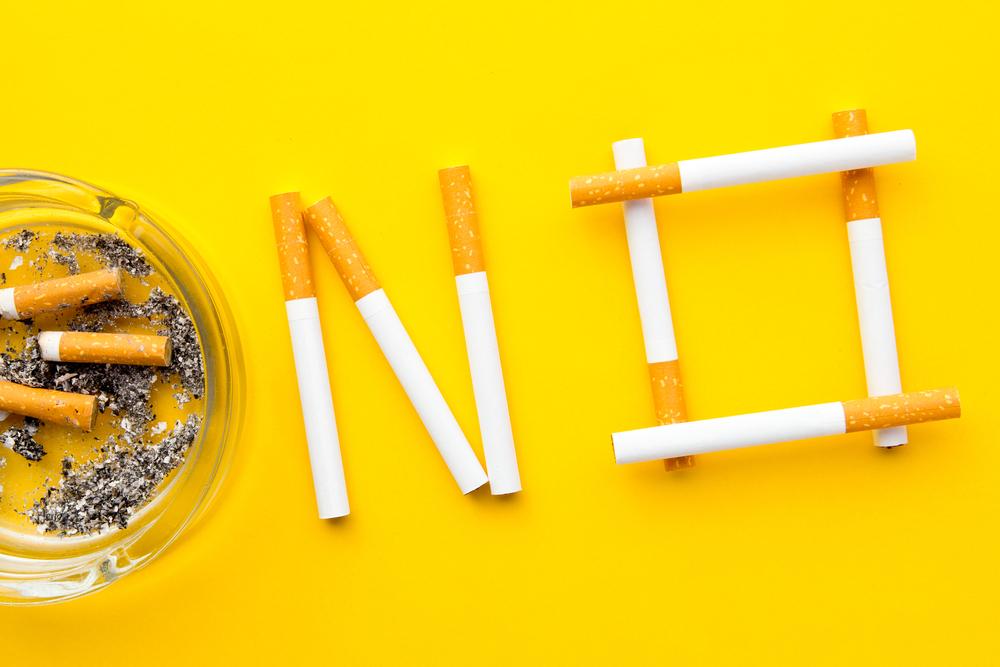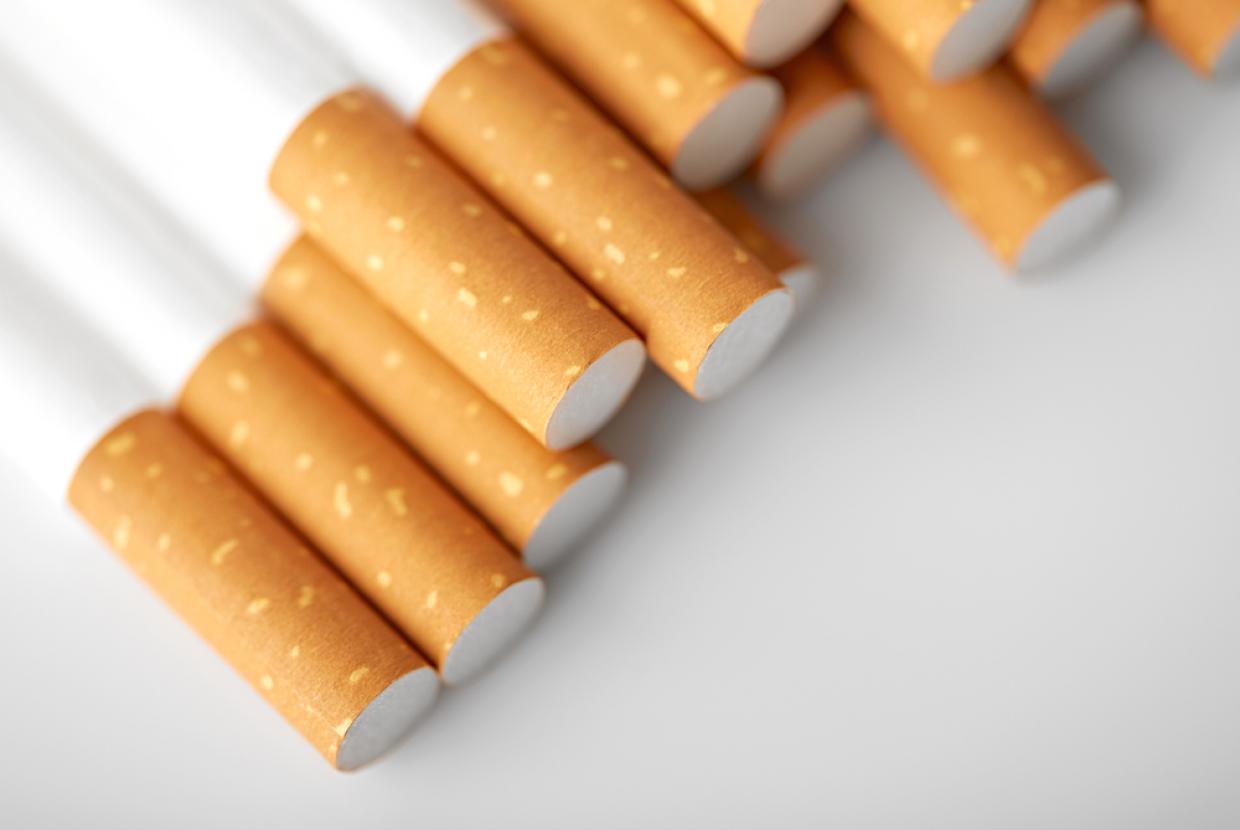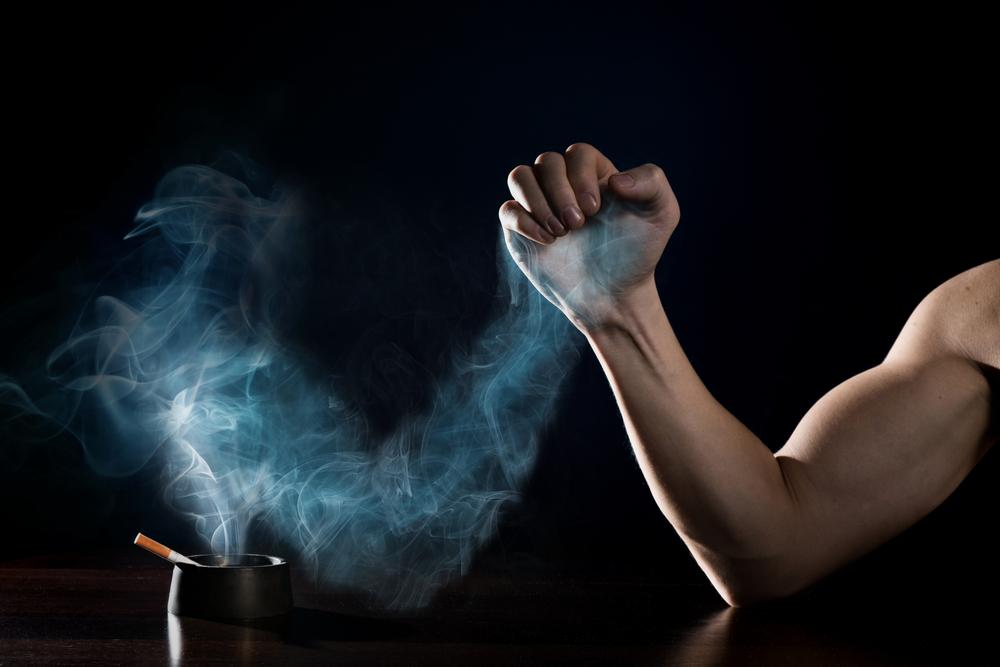Stop Smoking: Coping With Cravings
If you can control your cravings for a cigarette, you'll significantly boost your chances of quitting. The most effective way to tackle cravings is a combination of stop smoking medicines and behavioural changes. Going cold turkey may be appealing and works for some, but research suggests that willpower alone isn't the best method to stop smoking.
In fact, only 3 in every 100 smokers manage to stop permanently this way. Using nicotine replacement therapy (NRT) and other stop smoking medicines can double your chances of quitting successfully compared with willpower alone. This is because untreated cravings often result in lapses.
Types of cravings
Cravings happen because your body misses its regular hits of nicotine.
There are 2 types of craving. The steady and constant background craving for a cigarette decreases in intensity over several weeks after quitting. Sudden bursts of an intense desire or urge to smoke are often triggered by a cue, such as having a few drinks, feeling very happy or sad, having an argument, feeling stressed, or even having a cup of coffee.
These urges to smoke tend to get less frequent over time, but their intensity can remain strong even after many months of quitting.
Tackling cravings
There are 3 tried and tested ways to tame cravings:
- nicotine replacement therapy
- prescription stop smoking medicines
- behaviour changes
Nicotine replacement therapy
Nicotine replacement therapy (NRT) gives your body the nicotine it craves without the toxic chemicals that you get in cigarettes, so it doesn't cause cancer.
It helps you stop smoking without having unpleasant withdrawal symptoms. NRT won't give you the same "hit" or pleasure you would expect from a cigarette, but it does help reduce cravings. NRT is available as gum, patches, lozenges, microtabs, inhalator, nasal spray, mouth spray and oral strips.
It's important to use the right NRT product for your lifestyle. Some products, like the patch, release nicotine into your system slowly and steadily, so they're ideal for relieving background cravings.
Others, such as the nasal spray and mouth spray, release nicotine quickly in short bursts, so they're better suited to sudden intense cravings.
A good strategy is to use the nicotine patch to manage the steady and constant background cravings, and carry a fast-working product with you to deal with the sudden intense cravings.
Discuss the NRT products available over the counter with your pharmacist, or talk to your local NHS stop smoking adviser or GP about receiving NRT on prescription.
Stop smoking medicines
The prescription tablets Zyban (bupropion) and Champix (varenicline) are an alternative to NRT in helping you stop smoking. They don't contain nicotine, but work on your brain to dampen cravings.
As they take a few days to work fully, you need to start these medicines for a week or two before you stop smoking. Ask your doctor or a local stop smoking adviser whether prescription medicines may help you.
Change your behaviour
NRT and stop smoking medicines can help curb cravings, but they can't completely eradicate them. There are some additional things that can help.
Avoid triggers
For you, some events or times of the day may have a strong association with smoking: after food, with a coffee, after putting the kids to bed, when chatting to a friend, or having an alcoholic drink.
Try doing something different at these times. You don't have to make this change forever, just until you have broken the association with smoking.
Stay strong
Expect your cravings to be at their worst in the first few weeks after quitting. The good news is that they'll pass, and the quickest way to achieve this is to commit to the "not a single drag" rule.
When you're ready to stop for good, promise yourself "I won't even have a single drag on a cigarette". If you feel like smoking, remember "not a single drag" to help the feeling pass.
Exercise
Physical activity may help reduce your nicotine cravings and relieve some withdrawal symptoms. It may also help you reduce stress and keep your weight down. When you have the urge to smoke, do something active instead.
Going to the gym or local swimming pool are good, as is a little gentle exercise like a short walk, or something useful like doing the housework or gardening.
Be prepared
Expect cravings at special events like holidays, funerals or weddings. You may have never experienced these before as a non-smoker, so you'll associate them strongly with smoking. Have some fast-acting NRT with you just in case.
Delay
When an urge to smoke strikes, remember that although it may be intense, it'll be shortlived and will probably pass within a few minutes. Each time you resist a craving, you're 1 step closer to stopping smoking.

































